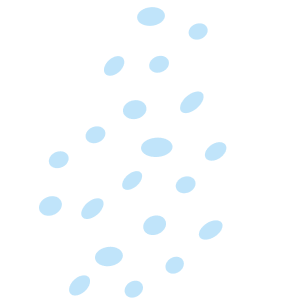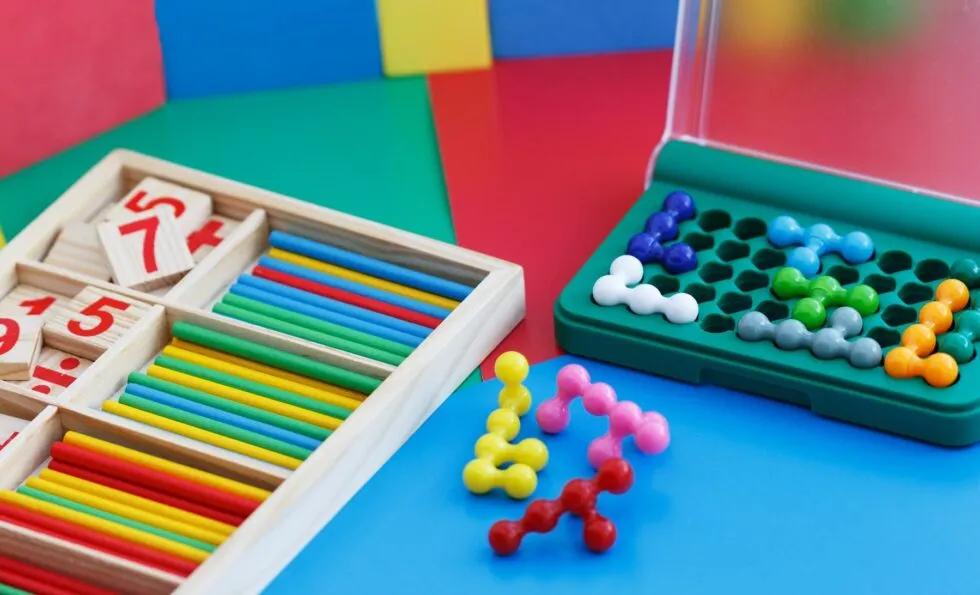Many times ADD and ADHD are used interchangeably, but they shouldn’t be. Here’s why.
The History of ADD vs. ADHD
In the mental health field, the ADD vs. ADHD conversation is not a new one. Over the years, mental health professionals have re-conceptualized the condition a few times in the Diagnostic and Statistical Manual of Mental Disorders (DSM) put out by the American Psychiatric Association. It’s no wonder the distinction between the two sometimes seems unclear. In 1980 the term ADD, or Attention Deficit Disorder, first appeared. It was later revised to Attention Deficit Hyperactivity Disorder (ADHD). Most recently, three subtypes of ADHD were introduced in the DSM-5: predominantly Inattentive, predominantly Hyperactive-Impulsive, and Combined. Each type of ADHD has both unique and shared characteristics.
ADD, a.k.a. ADHD- Inattentive type
Technically, ADD is an outdated term. It represents what is currently called predominantly inattentive Attention Deficit Hyperactivity Disorder. Young children and individuals with an ADHD diagnosis typically have more difficulty with focus and organization and aren’t necessarily hyperactive or impulsive. Difficulty concentrating, distractibility, daydreaming, forgetfulness, a short attention span, careless mistakes, and losing track of their things are other common attributes of this sub-type. If your child struggles with daily activities, have trouble following through or seems spacey, they could be experiencing attentional difficulties due to inattentive ADHD.
Characteristics of ADHD
The standard name of ADD was changed to ADHD in 1987, emphasizing hyperactivity in the name and as a common symptom. As a whole, symptoms of ADHD can include attentional difficulties and hyperactivity/impulsivity. In kids, symptoms of hyperactivity might look like uncontrollable blurts and squirms. Symptoms of inattention might include trouble listening, disorganization, difficulty managing time, and difficulty focusing in general. You may notice that kids with ADHD leave tasks undone and have difficulty remembering things or following instructions. Kids might also be overly active and fidgeting without thinking. The severity of these characteristics varies depending on the person. If left unmanaged, Attention Deficit Hyperactivity Disorder can impact a child’s self-esteem, behavior, relationships, and learning. Children with ADHD also might have difficulty with emotional regulation. Fortunately, there are different treatment options and supports that can be put in place so kids with a diagnosis of ADHD can thrive.
ADD vs. ADHD: Why is it important to distinguish the two?
The conversation surrounding ADD vs. ADHD is important for several reasons. Recognizing the correct condition allows for treatment that aligns well with a child’s needs. ADHD symptoms should be carefully considered so that specific, intentional, and effective treatment planning can take place. In the long run, kids who receive an accurate diagnosis and strong treatment plan are much more likely to manage their condition successfully. Contact your pediatrician if you think your child might have ADHD and visit cdc.gov or the National Institute of Mental Health website if you need additional support or guidance. ADHD is not considered a learning disability; however, you may want to partner with your child’s school and consider developing a 504 plan if your child’s behavior or schoolwork is being affected. Find more helpful information for parents about the types of ADHD here.















